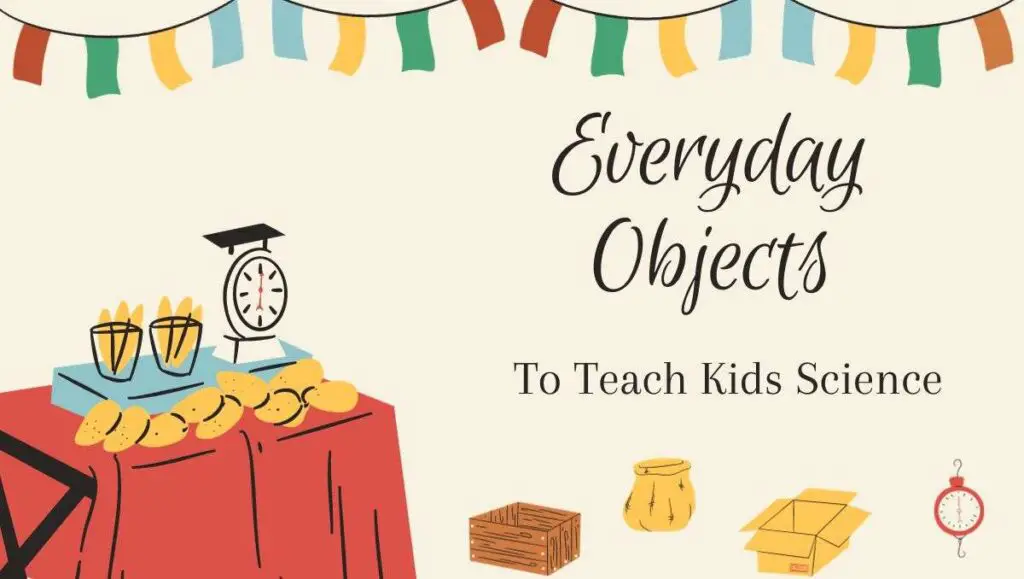Introducing children to science from an early age is crucial for their overall development and future success. STEM, which stands for Science, Technology, Engineering, and Maths provides a foundation for critical thinking, problem-solving, and innovation.
By engaging young children in science activities at home, parents can ignite their curiosity, nurture their cognitive skills, and foster a lifelong love of learning.
By embracing science as part of play-based learning, parents can create an environment where their child’s natural curiosity can flourish. Activities like exploring nature, conducting experiments with household items, or incorporating these elements into playtime can ignite a love for science, technology, engineering, and maths.
Let your child’s imagination soar and problem-solving skills thrive as you embark on an exciting journey where the playground becomes a laboratory and learning becomes an adventure.
Turning Everyday Objects Into Science Tools
STEM education is the key to unlocking your child’s potential, and you don’t need fancy tools to make it happen. Everyday household items like cups, blocks, and toys can be used to teach STEM concepts and foster a love for science, technology, engineering, and math.
Here are some easy-to-follow steps on how to use these everyday objects as STEM tools:
1. Building Structures With Blocks

- Provide your child with different shapes and sizes of blocks.
- Encourage them to experiment with balance, stability, and spatial awareness as they stack the blocks.
- Challenge them to construct the tallest tower using only a limited number of blocks or to build a bridge strong enough to hold a toy.
These activities foster critical thinking skills as your child experiments with different approaches and learn from their mistakes.
2. Exploring Volume And Measurement With Cups
- Introduce the concept of volume and measurement by filling different-sized cups with water.
- Discuss concepts such as full, half-full, and empty as you pour water from one cup to another.
- Create a DIY water station where your child can pour water into various containers to learn about different volumes.
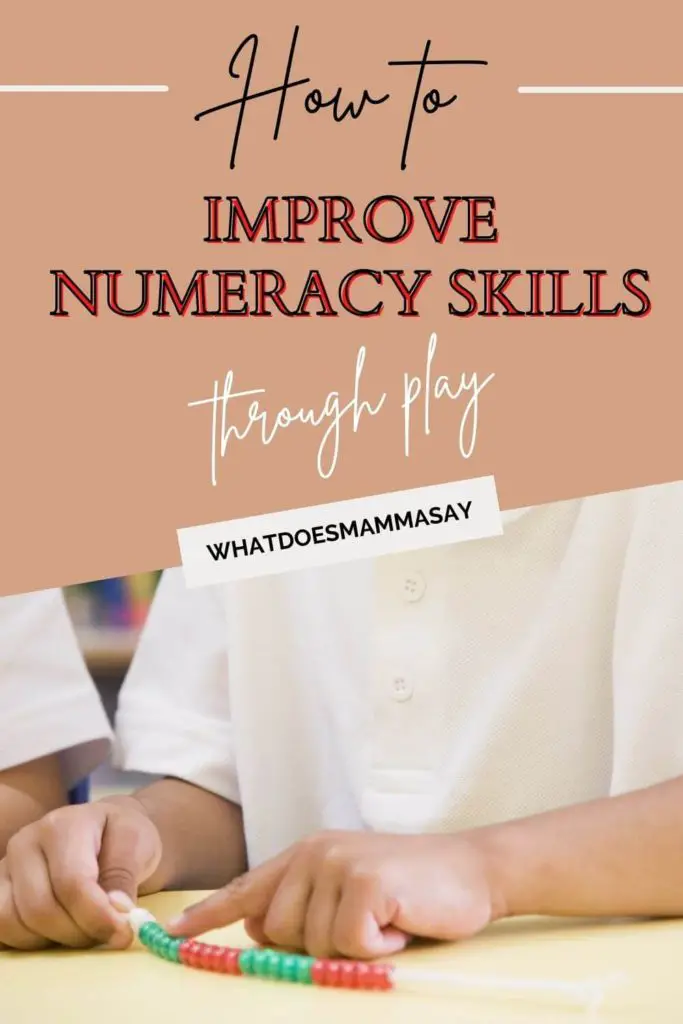
Through these activities, your child will develop an understanding of mathematical concepts and gain practical measurement skills.
Read more to learn how to improve your child’s numeracy skills through play
3. Investigating Magnetism With Household Objects
- Provide your child with magnets and encourage them to experiment with what they can attract.
- Challenge them to test different materials (such as paper clips, plastic toys, or aluminum foil) to determine which are magnetic and which are not.
This hands-on activity not only introduces the concept of magnetism but also develops critical thinking skills as your child observes, analyzes, and draws conclusions based on their observations.
It’s essential to motivate your child to engage in the following:
- Ask questions
- Predict outcomes
- Engage in open-ended discussions during each activity
Great ideas for open-ended play
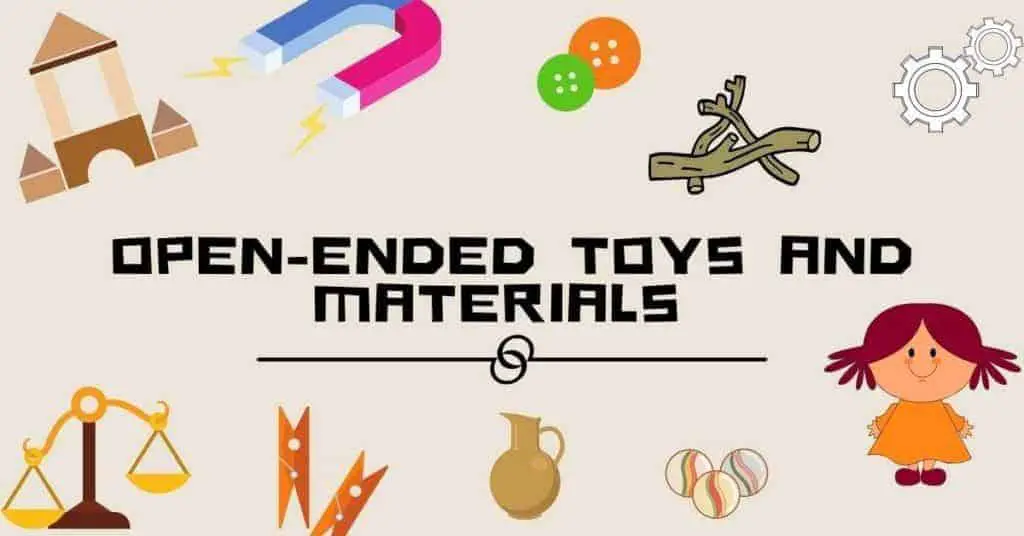
Exploring Nature as a STEM Classroom
Exploring nature can provide your child with a wealth of hands-on learning experiences that foster curiosity, experimentation, and scientific inquiry. By getting outdoors, children can discover the wonders of the world around them while being exposed to STEM concepts in a natural setting.
Here are some activities you can do with your child to enable them to explore nature in a STEM classroom:
1. Measuring the Growth of Plants
- Buy plants or start a garden yourself.
- Encourage your child to measure the growth of plants using a ruler or measuring tape.
- Track the changes in height and observe any differences in the growth rates.
- Discuss the factors that affect plant growth, such as water, sunlight, and soil quality.
This activity not only teaches scientific observation and measurement skills but also cultivates an appreciation for sustainable living.
2. Find and Catalog Different Types of Leaves
- Go on a nature walk and encourage your child to collect different types of leaves.
- Have them sketch the leaves and note the differences in size, shape, and texture.
- Use a field guide or online resources to identify each leaf type and learn about its characteristics.
This activity fosters botanical understanding and awareness of biodiversity as your child learns about the wide variety of plants around them. For a fun nature treasure hunt, download the resource below:
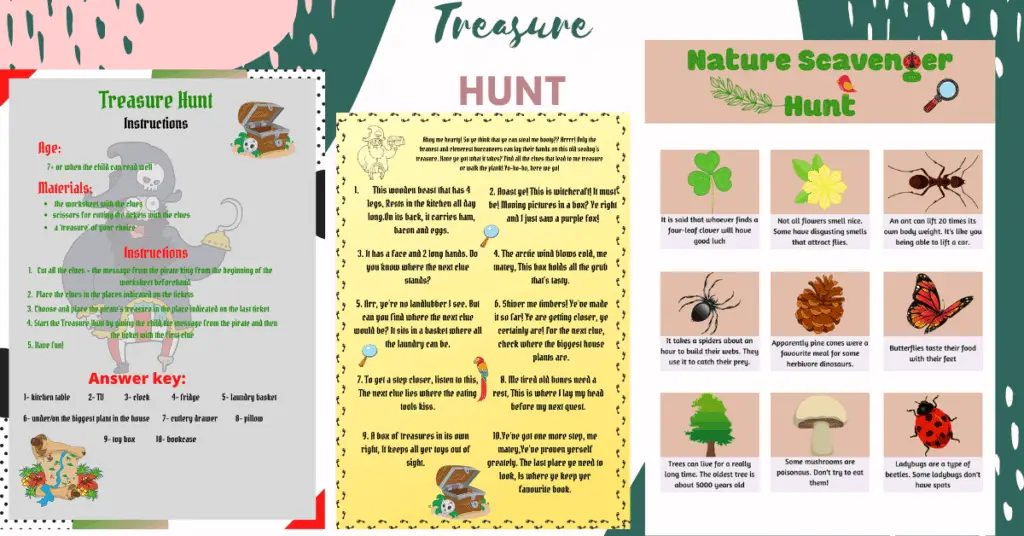
3. Observing Various Insects
- Discover different insects in your backyard or local park.
- Observe their behavior, such as moving, eating, or building their habitats.
- Discuss their habitats, lifecycles, and adaptations.
- Use a magnifying glass or microscope to see details, like the structure of an insect’s wings or eyes.
This activity teaches scientific observation, classification skills, empathy, and knowledge of different animal behaviors.
From Playground to Laboratory – Innovative Learning Techniques
Playtime activities can be transformed into opportunities for innovative learning, allowing children to explore STEM concepts while having fun. Parents can create a playful laboratory where their children can engage in experiential learning by incorporating traditional toys like building blocks, toy cars, sensory bins, and playdough. Here are some examples of activities that combine playtime and STEM education:
1. Building a Ramp to Experiment with Incline and Force
- Encourage your child to build a ramp using building blocks, books, or any other sturdy materials.
- Let them roll toy cars or marbles down the ramp and observe the effect of different inclines on the speed and distance traveled.
- Discuss concepts of force, gravity, and friction as they experiment with different ramp heights and materials.
This activity fosters an understanding of basic physics principles and encourages critical thinking as your child predicts and explores the outcomes of their experiments.
2. Using Toy Cars to Learn About Physics
- Have your child play with toy cars on various surfaces, such as rugs, tiles, or inclined planes.
- Discuss the effects of different surfaces on the cars’ speed, friction, and movement.
- Encourage your child to observe and compare car travel distances on different surfaces.
- Introduce concepts like momentum, acceleration, and friction as they engage in these playful experiments.
This activity helps develop an understanding of physics concepts and encourages scientific inquiry and experimentation.
3. Making Simple Circuits with Playdough
- Mold small portions of playdough into shapes and create a simple circuit by inserting LEDs or small light bulbs into the playdough.
- Use bay-powered circuits or other components designed for safe play.
- Discuss how the flow of electricity works, what happens when connections are broken, and the role of conductors and insulators.
- Encourage your child to experiment by adding more or fewer LEDs, changing the circuit shape, or even creating switches with additional playdough.
This activity introduces the basic principles of electricity and circuits while fostering creativity and critical thinking.
40 AMAZING PLAYDOUGH ACTIVITIES FOR KIDS
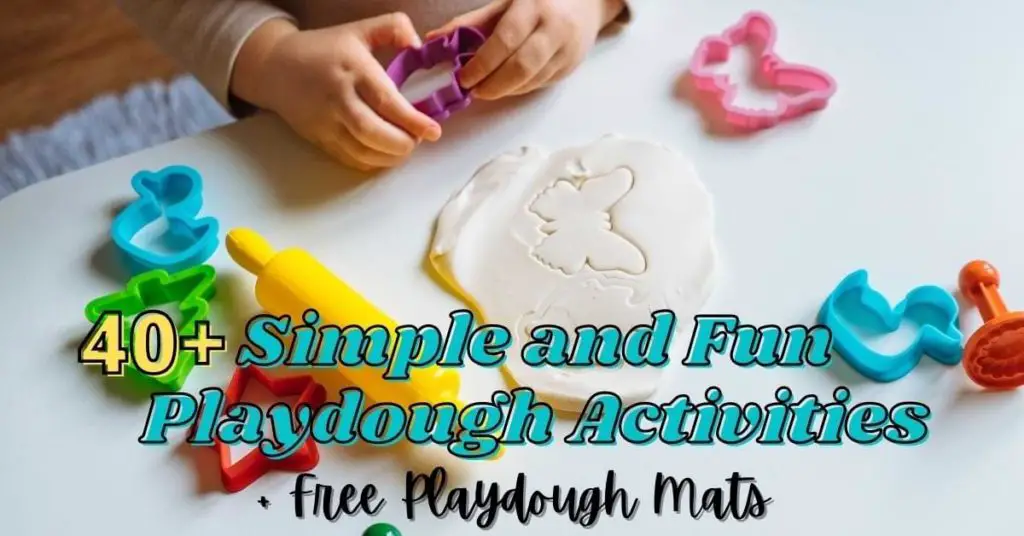
STEM education – conclusions
Encouraging the integration of STEM principles can inspire curiosity, logical analysis, and exploration of scientific concepts, offering significant educational benefits for kids.
Therefore, embrace the potential of playful activities, and allow your child’s creativity to thrive while they acquire essential STEM capabilities.
Author:
Andrea Gibbs is the Content Manager at SpringHive Web Agency, where she helps create content for their clients’ blogs and websites. She is currently a blog contributor at Montessori Academy, a blog dedicated to helping parents with the ins and outs of parenting children within the Montessori tradition. When she isn’t writing, she enjoys spending time with her family and her dog.

Hi there! We are Cristina and Monica, moms, teachers and friends. Read more about us and our mission here.

